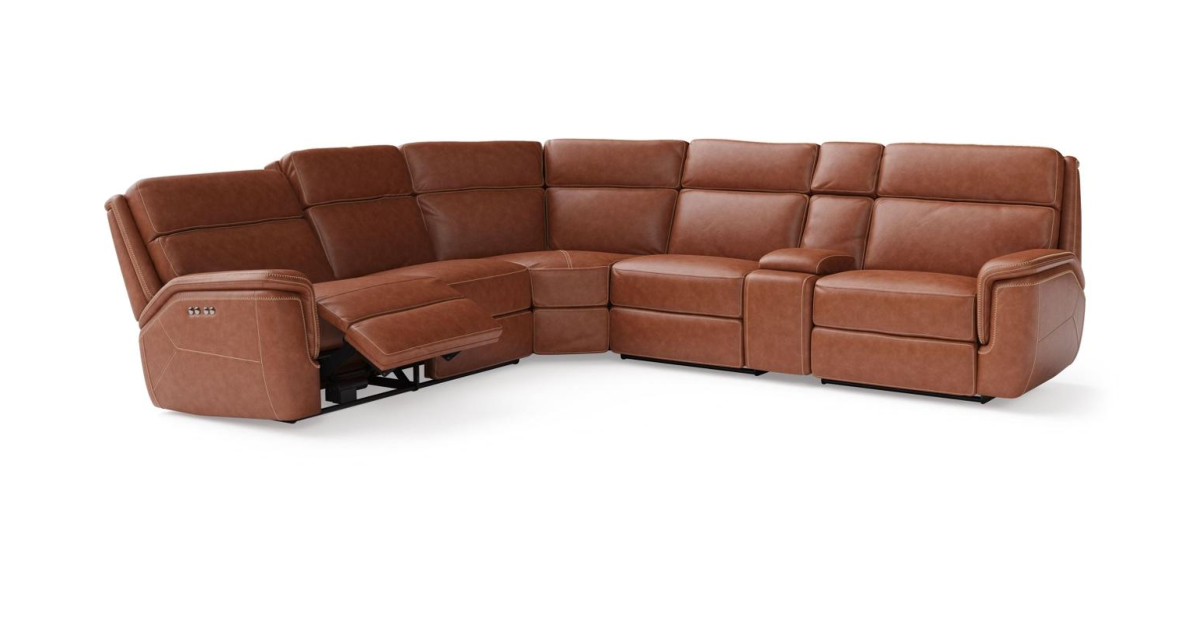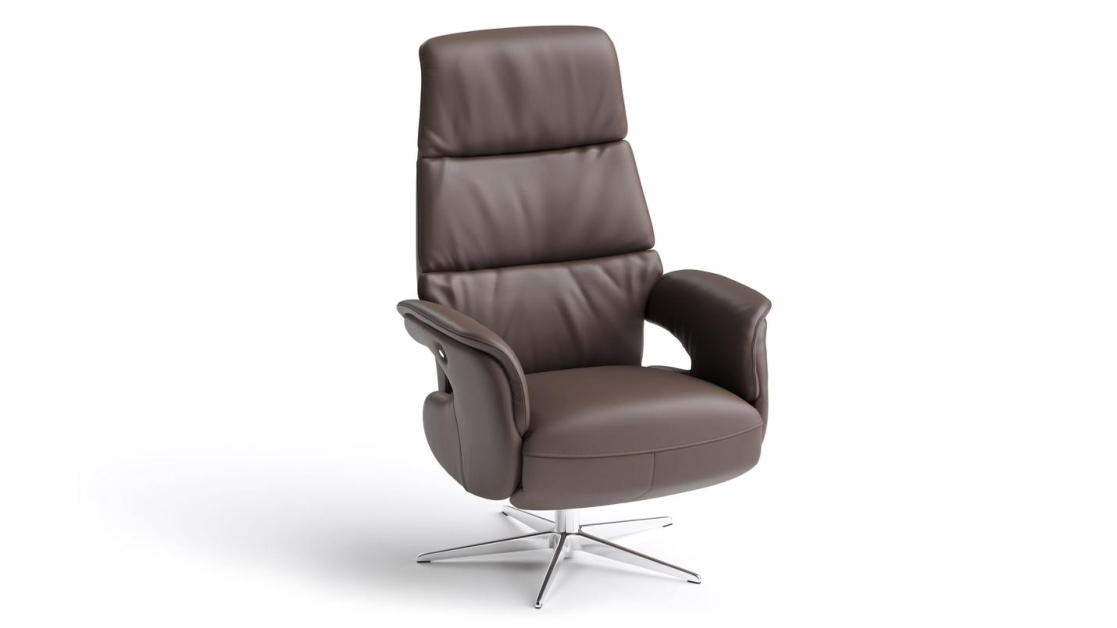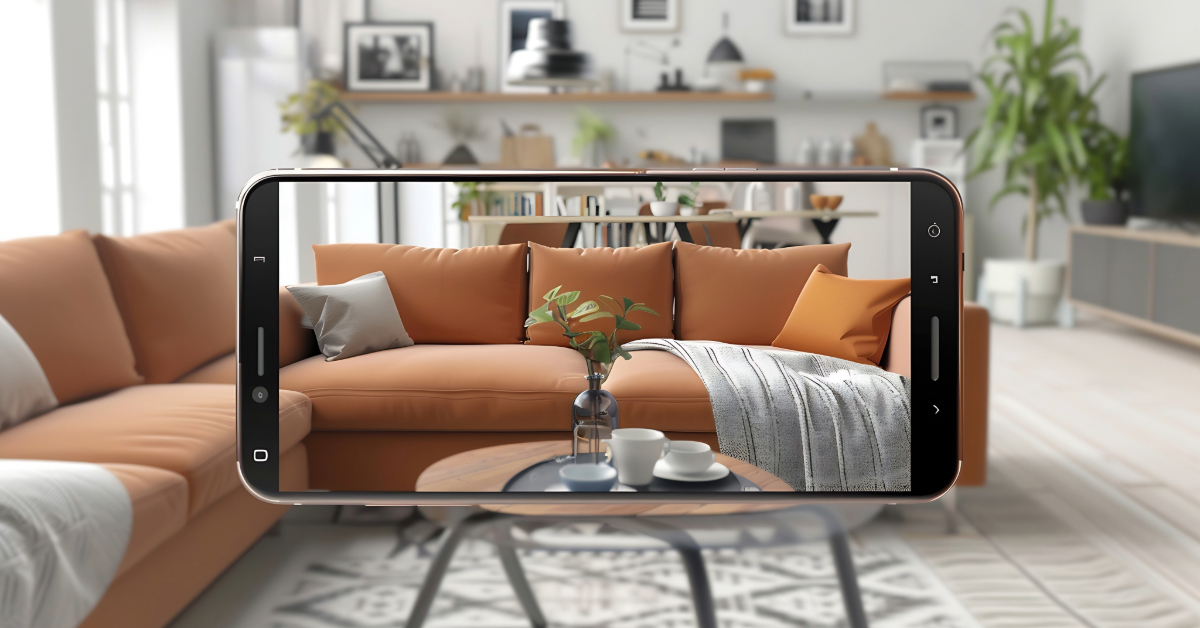Farewell Flat Images, Hello Immersive Shopping

There was a time when buying furniture online felt like making a leap of faith. You’d scroll through a few photos, squint at the product dimensions, read one or two reviews, and hope for the best. Maybe the sofa would match your rug. Maybe that coffee table wouldn’t feel cheap. Maybe the chair’s height wouldn’t surprise you.
Back then, customers were used to guessing. Today? Not anymore.
Modern shoppers expect clarity. They want to examine products from every angle—spin them, zoom in, feel textures with their eyes. And for e-commerce brands, meeting those expectations isn’t just a nice touch—it’s essential.
That’s why 360 product photography is no longer optional. It’s the new baseline for a trustworthy and immersive furniture buying experience.
Why 360-Degree Views Matter More Than Ever

Static Photos Just Don’t Cut It
Furniture is physical. It’s about comfort, material, proportions, and presence. Trying to capture all of that with three studio-lit images from the front, side, and back? That’s a tough sell.
Static images flatten detail. They limit perspective. They often leave buyers unsure. How does the back look? Is the surface glossy or matte? What do the legs look like when viewed from above?
With 360 product photography, those doubts start to disappear. Customers can rotate the product, examine joints, check under edges, and visualize it as if it were right in front of them.
Interactive = Engaging
When a product moves, people stay. Interactive visuals turn shoppers into participants. That extra second they spend rotating a chair or zooming in on stitching? It’s time that builds interest, trust, and—ultimately—intent to buy.
In a crowded marketplace where attention spans are short, that interactivity is gold.
The Psychology of Confidence: Why Seeing More Sells More
Furniture is an emotional purchase. It’s not just about function. It’s about style, comfort, and how something feels in a space. The uncertainty of online shopping often gets in the way.
Visual Information Builds Trust
When shoppers can see every angle, they start to relax. They don’t have to imagine how the underside looks or whether the legs are metal or wood—they can see it. That transparency goes a long way toward building trust.
And when people trust what they see, they click “buy” with less hesitation.
Real Results, Real Numbers
Retailers using 360 product photography have seen some remarkable outcomes:
- Conversion rates up by 22–35%
- Return rates down by 20–30%
- Time-on-page increased by up to 47%
- Drop in pre-sale inquiries about product details
These aren’t small changes—they’re meaningful shifts that impact revenue and customer satisfaction.
Traditional Photography vs 360 Product Photography

Traditional Shoots: Time-Consuming and Expensive
A typical photo session for furniture involves:
- Physical prototypes
- Studio rentals
- Props and lighting setups
- Dozens of angles manually shot
- Editing and re-touching
Now imagine having to do that every time a product line adds a new finish or leg option. It’s expensive and inefficient.
360 Product Photography: Scalable and Versatile
With CGI and 3D modeling:
- No physical samples are needed
- Changes in materials, colors, or finishes are just digital updates
- Angles are infinite, not limited by a camera
- Outputs are consistent and can be reused across platforms
Want to show a sofa in 10 fabrics and 3 leg styles? You can do it all from one model using a 3D product viewer—no reshoots required.
How It’s Made: Behind the Scenes of 360° CGI Visuals
Creating photorealistic 360s isn’t magic—it’s a smart process built on experience, technology, and artistry.
Step 1: 3D Modeling
The process starts with building a virtual version of the product using CAD files, photos, or sketches. Skilled artists recreate every contour and line, down to the smallest curve in an armrest.
Step 2: Texturing
Next, real-world materials—velvet, oak, chrome, linen—are mapped onto the model. This stage is crucial for making the final render believable.
Step 3: Lighting & Rendering
Virtual lighting is added to mimic real-world conditions—whether it’s studio daylight, soft ambient shadows, or direct spotlights. Then the product is rendered, often from hundreds of angles.
Step 4: Interactive Viewer Integration
Once rendered, the image set is uploaded into a lightweight 360 product viewer that lets customers rotate, zoom, and explore directly on the product page—no additional software or plugins needed.
What Customers Actually Do When They Land on a 360-Enabled Page

- Curiosity Sparks Action
They notice the product moves. So they interact. They drag it left and right. They zoom in.
- Details Build Confidence
They examine textures. They inspect the legs. They understand scale better.
- Mental Placement Kicks In
They start imagining how it’ll look in their home, under their lighting, beside their rug.
- Uncertainty Fades
With nothing left to doubt, making a decision feels natural.
Who Benefits Most from 360 Product Photography?
360 product photography offers value at every level of a furniture brand’s operation. While it’s clearly a win for customers, it’s equally impactful behind the scenes.
For Marketing Teams
Marketers gain a powerful tool that enhances ad visuals, email campaigns, and landing pages. Interactive content performs better on social media and increases click-through rates across paid media.
For Product Designers
Designers benefit from precise digital replicas that can be updated quickly. Want to test a new finish or texture? With a 360 product viewer, it takes minutes—not days.
For E-commerce Managers
360 visuals help reduce friction on product pages, lowering cart abandonment rates and increasing satisfaction.
For Customer Support
Better product understanding means fewer tickets and calls, saving time and resources.
FAQs: 360 Product Photography in Furniture E-Commerce
Q: Does 360 product photography work on mobile devices?
Yes. Modern 360 product viewers are fully responsive and work smoothly on mobile, tablet, and desktop.
Q: Can I use 360 images in ads or social media?
Definitely. You can repurpose your visuals into rotating GIFs or short demo clips for Instagram, LinkedIn, or ad platforms.
Q: Is this solution expensive?
It depends, but often the savings in logistics, returns, and time outweigh the upfront cost of creating high-quality 3D models.
Q: How long does it take to launch?
Most brands can have 360 views live within 1–3 weeks. Even faster if 3D models already exist.
Case Study Snapshot
A mid-size DTC furniture brand introduced 360 product photography on their top 20 items. Within three months, they saw:
- A 28% increase in conversions on those SKUs
- 25% fewer returns
- Higher user engagement (30%+ more time on site)
- Fewer support questions about material or finish
Easy to Implement, Even Without a Tech Team
Most 360 product viewer solutions are plug-and-play for platforms like:
- Shopify
- WooCommerce
- Magento
- BigCommerce
They don’t slow down page speed and require no coding.
SEO Benefits of 360° Views

These visuals also help boost rankings:
- Lower bounce rate
- Higher dwell time
- More visual engagement
- Support for structured data and rich results
All of that makes 360 product photography a win for both UX and SEO.
Scalable, Flexible, Future-Proof
Got one sofa in six fabrics and three sizes? A 3D product viewer makes expanding your catalog fast and budget-friendly. Just swap textures—no reshoots required.
Looking Ahead: The Future of Immersive Shopping
360° imagery is just the beginning. These same 3D assets power:
- AR tools for in-room previews
- Virtual showrooms
- Interactive configurators
If you’re already using 360 product photography, you’re already preparing for the next era of e-commerce.
Final Thoughts
Furniture e-commerce is evolving fast. Visual clarity, interactivity, and trust are the new currency—and 360 product viewer deliver all three.
This technology doesn’t just enhance aesthetics. It builds confidence. It drives decisions. And it keeps your brand ahead of the curve.




